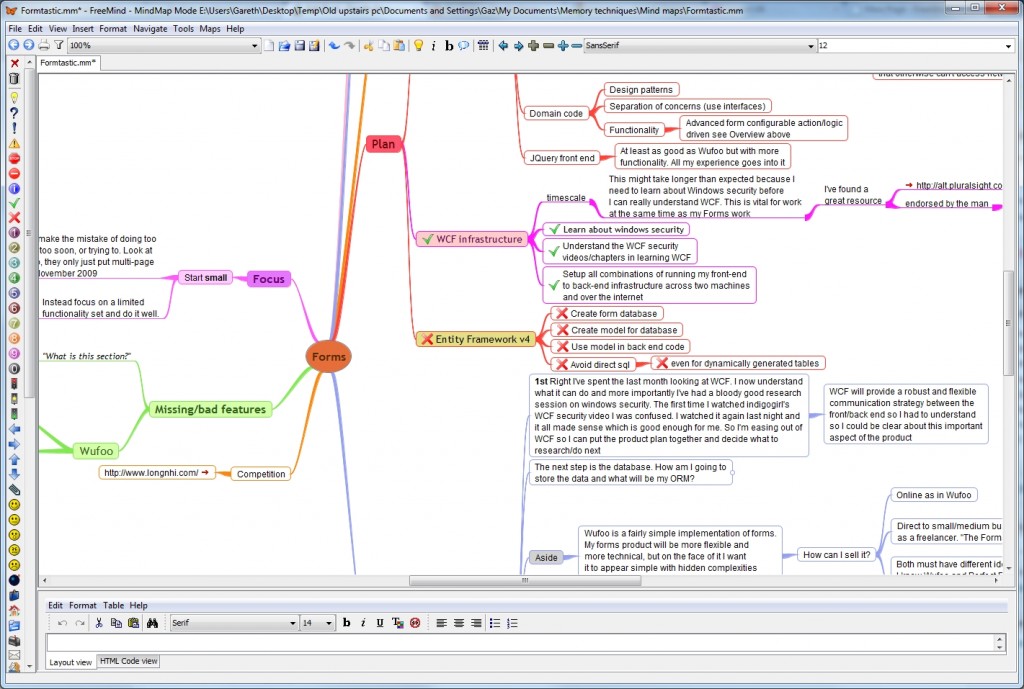Learning new stuff as a developer
Constant learning is vital to most careers but it is especially vital for developers. Learning is rewarding and addictive, but also difficult. It takes time, determination and motivation to push yourself out of your comfort zone and reach the next camp in the ascent of your career. There’s no room for stupid pride either so be prepared to :
- ask stupid questions of people who know what you want to know
- feel confused after reading that page for the third time
- bow to those of superior knowledge
- feel overwhelmed
Ultimately what really matters is that you slowly but surely insert information into your databrain and keep it there.
I started to take learning seriously about 6 years ago. Prior to that I was in the pleasure zone known as IGNORANCE where I thought I knew all I needed to and that I was somehow immune to having to learn stuff. That’s ignorance all over, you don’t know what you need to know so it doesn’t exist, right? Slowly that changed as I started to buy more tech books and write more code in my spare time. My delusions of grandeur were tested to their brittle limits
But I had a problem…. I wasn’t very good at learning. I would read a book but nothing much would happen. I’d forget things I’d read about or used before, or I’d have no frame of reference on which to hang new information. That’s when I begun to take learning how to learn seriously.
Learning how to learn. Is that right?!
Yep that’s right there are loads of techniques for learning stuff. I started with the assumption that I had problems committing information to memory so I got into mnemonics and other memory techniques. I bought half a dozen (that’s six) of the Tony Buzan books and came up with elaborate story methods, journey methods, location methods, peg methods and the beginnings of a number system. Got nowhere with those as I wasn’t able to (or didn’t try hard enough to) translate the kind of programming information I was learning into any of these methods. After about six months (that’s half a dozen) I scrapped it, then moved onto mind maps.
Free your mind with FreeMind
I had a great time with FreeMind. The first thing I did was change the default style and colours to this custom patterns.xml file because out of the box it looks bland (or it did when I started using it). I find mind maps to be a great way of organising information together but in the end I concluded that they are clunky, non-portable and complex. I know the whole point of a mind map is to keep it simple and use minimal and sharp wording but is this suited to learning typical programmer information? Look at this fraction of one of my mind maps and you tell me :

And here’s the same mindmap fully expanded :

Viewing these mind maps is only possible in FreeMind itself (although you can export to a web page and PDF now too). The other problem is that the mind maps are just visually huge and the interface is fiddly. Finally there are just too many little steps to take when you want to note something down. And that’s the whole problem. When learning stuff I want to take notes immediately and move on. For me it has to be transient, simple and unobtrusive.
I still use FreeMind but not for taking learning notes.
In my next post I’ll emit more off-scented verbage about where this all ended up and how I take notes nowadays.
In a nutshell it’s a mixture of low tech and high tech :
- 6×4″ index cards
- The excellent ZIM wiki
- A Samsung Galaxy Tab
- The Kindle app
- Photo scanner
